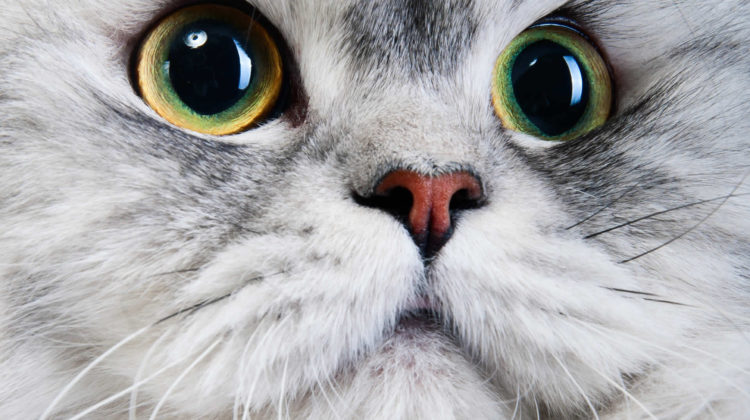

Horner’s Syndrome occurs when the parasympathetic nerve becomes dysfunctional. But what causes it? In this article, we discuss Horner’s Syndrome. However, contact your doctor as soon as you realize these uneven pupils for them to rule out the possibility of any severe conditions in the brain or the eyes.8 Summary Definition of Horner’s Syndrome in Catsįacial drooping can be quite common and evident on a cat’s face. In other cases, the uneven pupils are not signs of other underlying conditions and do not affect their vision. When your baby’s pupils are of different sizes, they are probably suffering from anisocoria. Avoid exposing the child to harmful chemicals such as chlorine, which may worsen the already existing condition. In case your baby has an existing eye problem, be more careful since they are at a higher risk of having anisocoria. For instance, ensure that you maintain good optical health. However, there are some preventative measures that you can put in place to help prevent cases of uneven pupils. More often than not, it is almost impossible to prevent and predict anisocoria. There is no treatment given since time will heal on its own. In such an event, this is an ordinary condition that will soon disappear on its own. If your baby has had an eye infection leading to the unequal pupils, the doctor will administer an antibiotic or antiviral medicine.Īfter several tests, the doctor may fail to identify any cause of anisocoria. On the other hand, if an abnormal growth like a tumor is the cause for anisocoria, the doctor will recommend surgery. For instance, if the condition is due to an eye or brain injury, the doctor starts by treating the injury.

Treatment for anisocoria depends on its cause. They may have an eye, brain, or neck injury that needs urgent attention. If your baby has had a head injury resulting in anisocoria, consider this an emergency and respond immediately. Some of these tests that the doctor will do are such as CT scans, eye exams, and MRIs, among others. After reporting such signs to the doctor, they will study your optical history and do other tests to identify anisocoria’s reasons. This is especially if the child seems to have other conditions such as eye pain, poor vision, stiff neck, and headache. It is important to consult your doctor as soon as you realize the unequally sized pupils in your baby’s eye. How Do Doctors Identify the Cause of Anisocoria? Other conditions are such as meningitis, brain tumor, inflammation of the optical nerve, and seizures may also cause anisocoria. Common causes that may result in anisocoria are such as bleeding in the skull or direct trauma in the eye. When Anisocoria develops later after birth, the doctor will diagnose the baby to identify other underlying conditions causing anisocoria. In this case, the condition is either temporary or permanent. On the other hand, your baby may not have been born with unequal pupils, but they developed the condition with time. However, if there are other accompanying complications like drooping eyelids among others during birth, ensure that you see a doctor. Your baby will still have normal eyesight. If the eyes do not seem to have any other condition, then the unequal pupils should not worry you. In this case, you are likely to find another family member with the same condition. If the condition was present during birth, it might be genetic. Causes of AnisocoriaĪnisocoria is a condition that your baby is born with or that they develop it later in life. However, the pupils may be unequal in some cases, but the baby still has normal vision and no underlying medical condition. The abnormal pupil may fail to respond to light or have problems with sight. The unequal pupils mean that one pupil is bigger or smaller than the average size. In a gist, Anisocoria is the condition of unequal pupils. Below is more information on why your baby’s pupils may be of different sizes and when you should seek medical help. The condition of unequal pupil sizes is called Anisocoria.Īnisocoria is not a disease on its own but a sign of other underlying eye problems. These pupils may scare you, and you wonder which one of the pupils is abnormal. One of these unusual features that you may realize is such as having pupils of different sizes. As you look into your baby’s eyes, you may realize any unusual feature present in the eyes. Your little one’s eyes are among the body parts that you cannot get enough of.


 0 kommentar(er)
0 kommentar(er)
